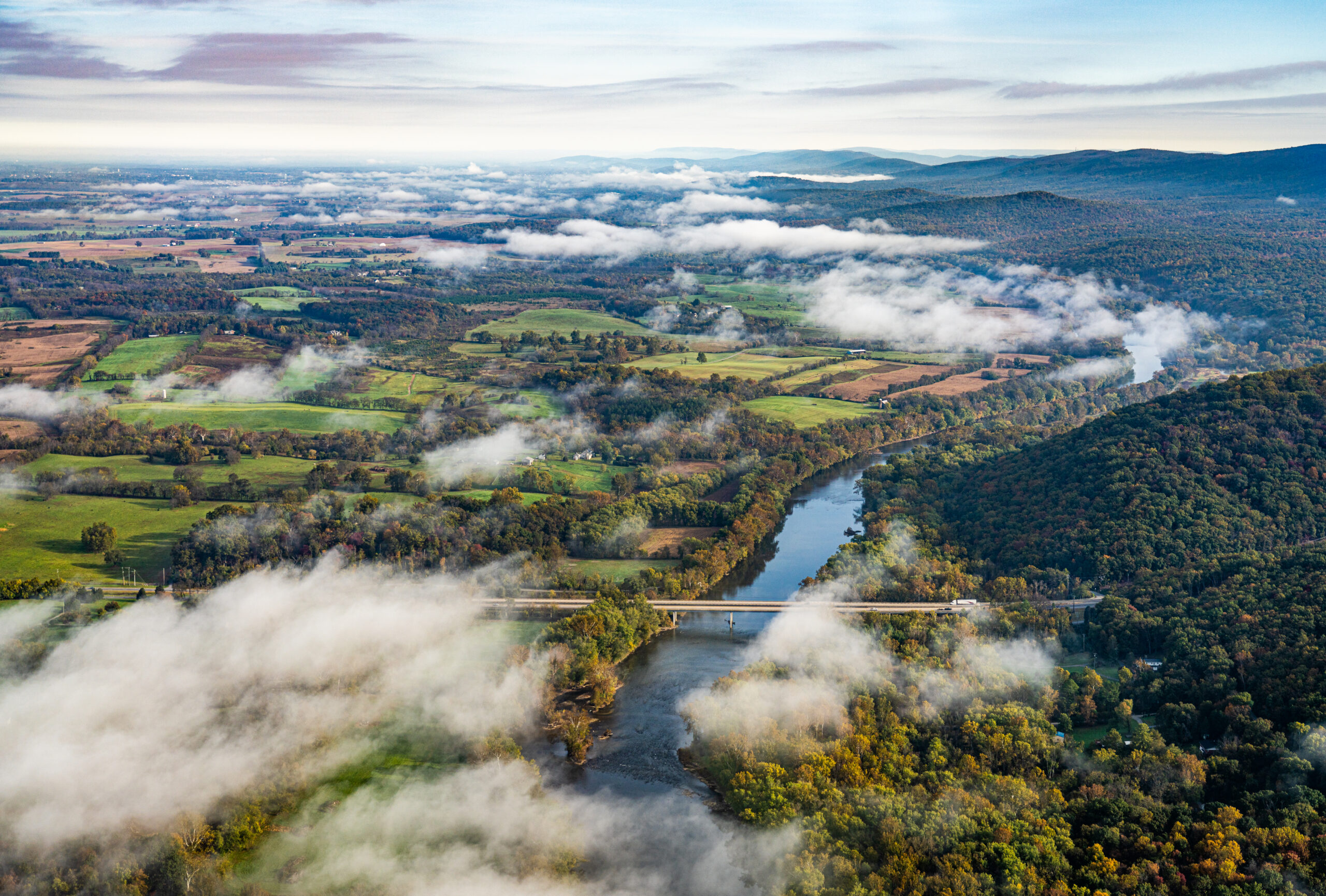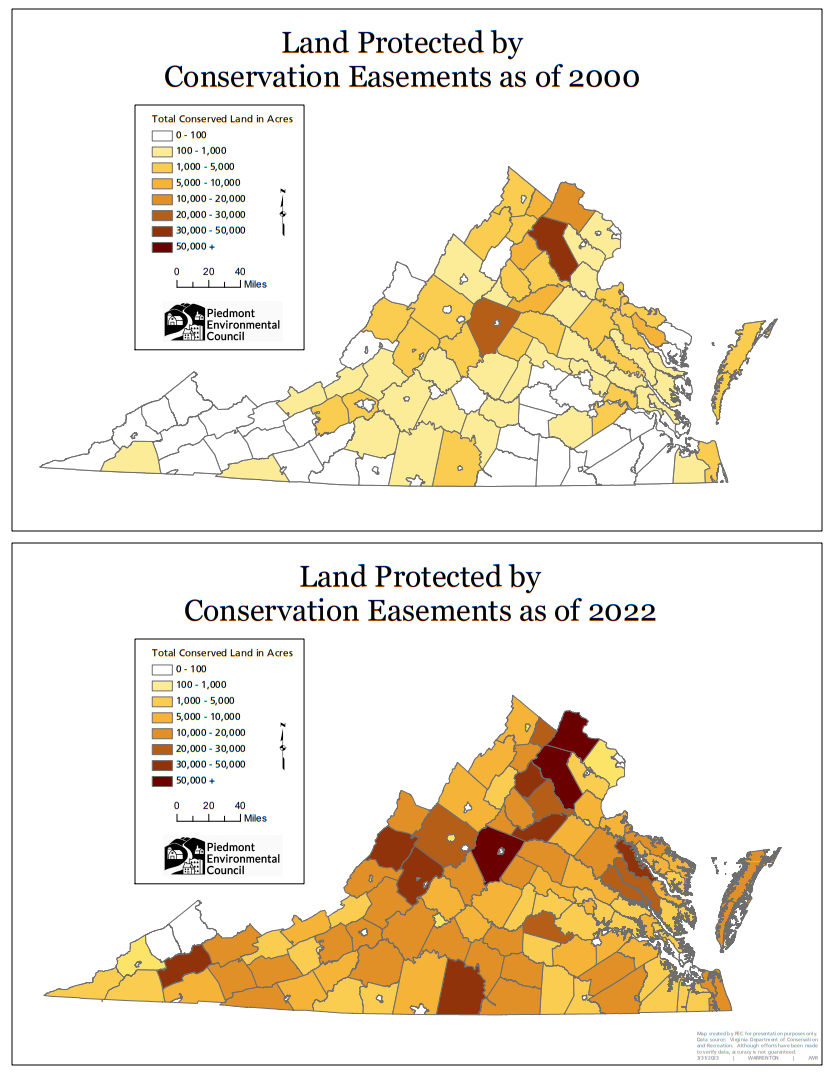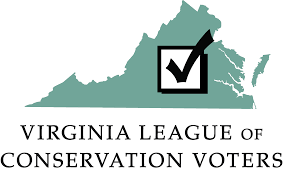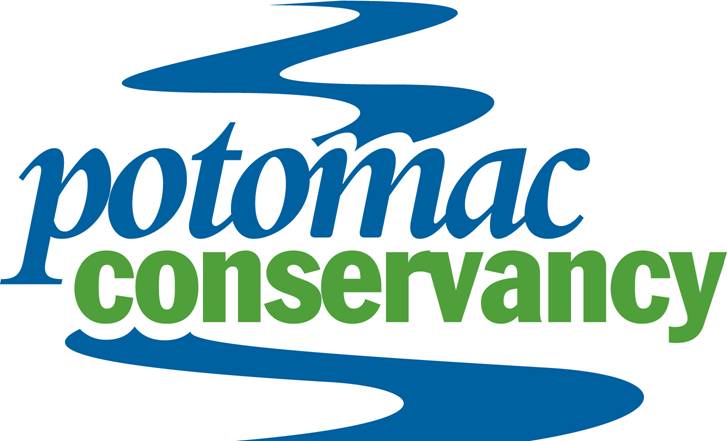ROUNDUP: Virginia’s Land Preservation Tax Credit Protects over 1 Million Acres

Image credit: Hugh Kenny, Piedmont Environmental Council
Virginia’s land preservation tax credit hits a major milestone
On April 26, Senator Emmet W. Hanger, Jr. announced that Virginia’s Land Preservation Tax Credit (LPTC) has permanently protected over 1 million acres of land in Virginia at the Virginia Land and Greenways Conference. More than five times larger than Shenandoah National Park, the conserved land provides clean air, safe drinking water, increased access to nature, and support for job-creating industries, such as agriculture and forestry.
In other words, Virginia’s Land Preservation Tax Credit benefits all Virginians.
“The permanent protection of over 1 million acres of land in Virginia is an exciting milestone.” – U.S. Senator Tim Kaine
How does the Land Preservation Tax Credit (LPTC) work?
Virginia’s LPTC was established in January 2000 and has been the single-largest factor in Virginia’s land conservation success. VCN and our expansive Network of Partners have advocated for full funding of the LPTC since the program first began (see our policy paper, “INVESTING IN VIRGINIA’S HERITAGE & FUTURE,” to read more and learn about other ways Virginians can conserve land).
The program relies heavily on collaboration: landowners are provided tax credits in exchange for limiting future development on their land and focusing on conserving important resources instead. It’s a voluntary process that benefits landowners by protecting their property from future development and conserving important conservation values for future generations.
Virginia is one of only five states where LPTCs are transferable. This means that easement donors are allowed to sell any tax credits they’re unable to use, making it a practical and affordable program for many landowners regardless of wealth. This factor alone helps many landowners decide to donate an easement.
“We wanted to do something for the greater good, and it’s always been important to us to protect nature. The tax credits helped us pay for the land, and it was the best investment we could have ever made.” – Lynn Cameron, a Virginia landowner who has permanently protected 168 acres adjacent to Shenandoah National Park through the LPTC

Thanks to the LPTC, the amount of land protected by conservation easements have rapidly increased in the last two decades. Map credit: Watsun Randolph, Piedmont Environmental Council








